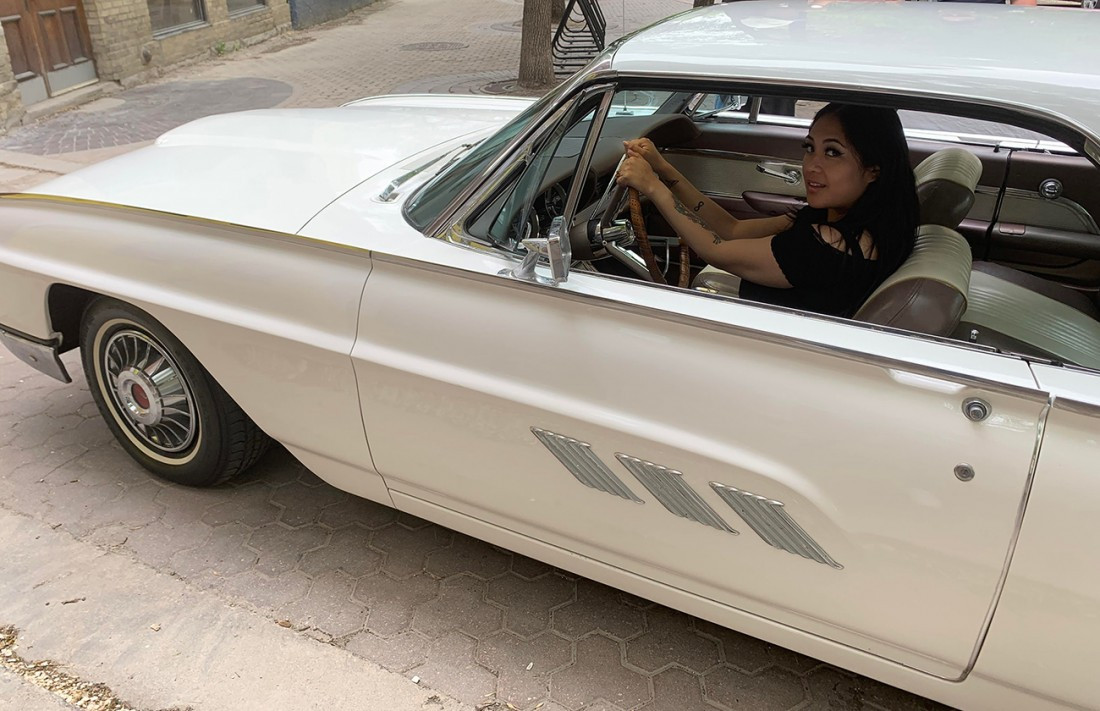Winnipeg’s Artists of Colour
In celebration of their achievements and acknowledgment of their struggles
With the rapid spread of the COVID-19 virus, Winnipeg’s art community has seen drastic changes.
Out of caution, many theatre and film productions have been cancelled. With social distancing practices in effect, attending an art show would be a considerable risk.
Although these changes are for everyone’s safety, Winnipeg’s art community is put in a precarious position. Artists’ livelihoods are at stake, and they need support now more than ever.
Waiting to return to normal life presents a great opportunity to examine Winnipeg’s art community from a critical perspective and bring to the forefront artists who, at times, have been pushed to the sidelines.
Many of Winnipeg’s marginalized artists are multitalented people who fall into a wide spectrum of racial categories. Their stories need to be heard, their accomplishments deserve celebration and more work needs to be done to create a more inclusive and truly diverse space.
How diverse are we?
Joanne Roberts is an actor who performs on stage and in film productions. Among Roberts’ many accomplishments as an actor and a performance coach, she was a part of the team that recorded, shot and produced a musical called The Perfect Life in 48 hours.
“It was part of last year’s 48-hour film contest,” she says. “We were actually just shown at the Toronto International Film Festival.”
Despite Roberts’ successful acting career, she faces challenges that are unique to being a Filipinx Artist of Colour.
"I had the chance to approach acting 10 years ago, and there were little to no roles for people that looked like me." - Joanne Roberts // Supplied photo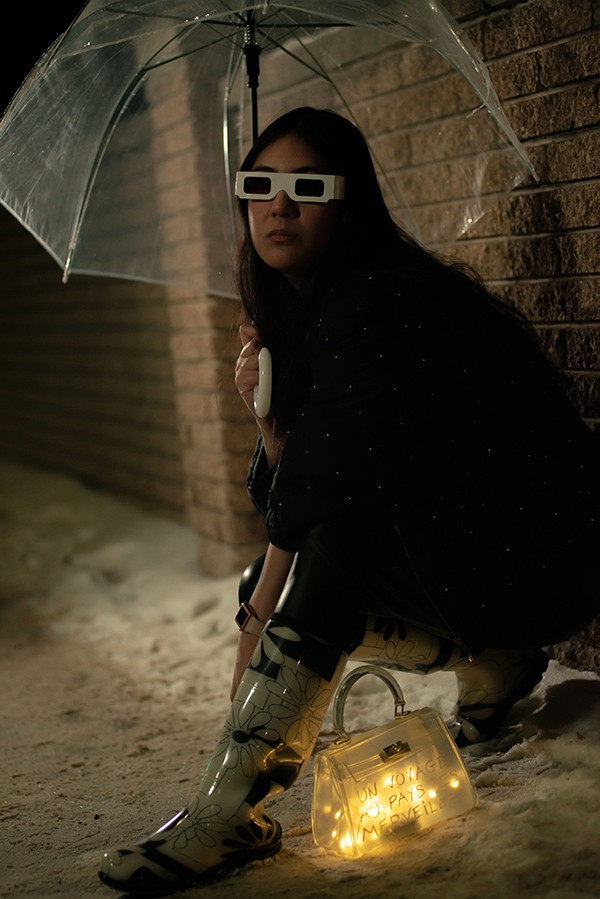
“I had the chance to approach acting 10 years ago, and there were little to no roles for people that looked like me, and certainly now the industry has gotten a lot better, but at the same time, I’m finding that I am ... in the running because I am a Person of Colour.
“There’s an inherent need for this production to have diversity, so it’s a little bit forced that way, or I am shoved into the foreground with other People of Colour,” she says.
In particular, Roberts notes challenges that relate directly to auditioning for film productions. “I get casting notices that are like ‘caucasian, caucasian, caucasian’ and then ‘all ethnicities,’” she says. “We’re all looped in together.”
The “all ethnicities” roles Roberts auditions for are often bit parts, roles that interact with a principal character and only have roughly five lines or less.
When auditioning for these roles, Roberts has had to play into racial stereotypes in order to increase her chances of being cast in productions. For Roberts, this means playing into a subservient stereotype.
“In film, it’s really difficult to break into that industry and make a comfortable living as a Person of Colour without playing to the stereotypes,” she says. “I go for a lot of nurses.”
Roles written for people of specific races are few and far between. Aside from one casting call for an Asian family, all that Roberts has seen is “all ethnicities.”
“If I’m in a waiting room, and I see a bunch of white people, I know that they’re there for the lead role, and when I see me and any other Person of Colour – any other Person of Colour – I know that we’re waiting for the same bit role.”
In a perfect world, race wouldn’t carry such a heavy influence on the trajectory of Roberts’ career.
“Ideally, I would love my work to speak for me, and I would love all the personal activist stuff that I do on the side. I would love that to be the forefront, rather than, ‘this is a Person of Colour that has experienced this, and now she’s speaking about it.’”
This sentiment not only applies to Roberts’ performing, but also to her participation in this article, which only features artists who are People of Colour.
“I’m so proud to be a Person of Colour. At the same time, I know a lot of caucasian actors that should also be featured because of their amazing work,” she says. “I wish that people would just look at us as performers, rather than People of Colour who perform.”
This would be the best-case scenario, but it begs the question: are we at a point where we can focus on the talent of an Artist of Colour first and foremost?
In other words, can we treat an Artist of Colour the same way white artists are treated?
In theory, yes. In practice, it’s more difficult than it may seem.
Art first, colour second?
melannie monoceros is a poet, showmaker and textile artist. Through their hard work and skill, monoceros is able to support themselves as a full-time artist–the dream for many artists, regardless of race.
“It was pretty challenging. It’s still pretty challenging. It’s a lot of hustle,” they say.
“Even though I’ve only been (in Winnipeg) for a year and a half, I’ve been able to live fully and publicly as the creator that I am, and that feels pretty important.”
This accomplishment was hard-won for monoceros. While hustling, monoceros had (and continues) to deal with obstacles that pertain to their identity.
“Our world is very binary. Our world has a hard time with (introspection), and the art world has a problem with intersectionality.” - artist melannie monoceros // Photo by Callie Lugosi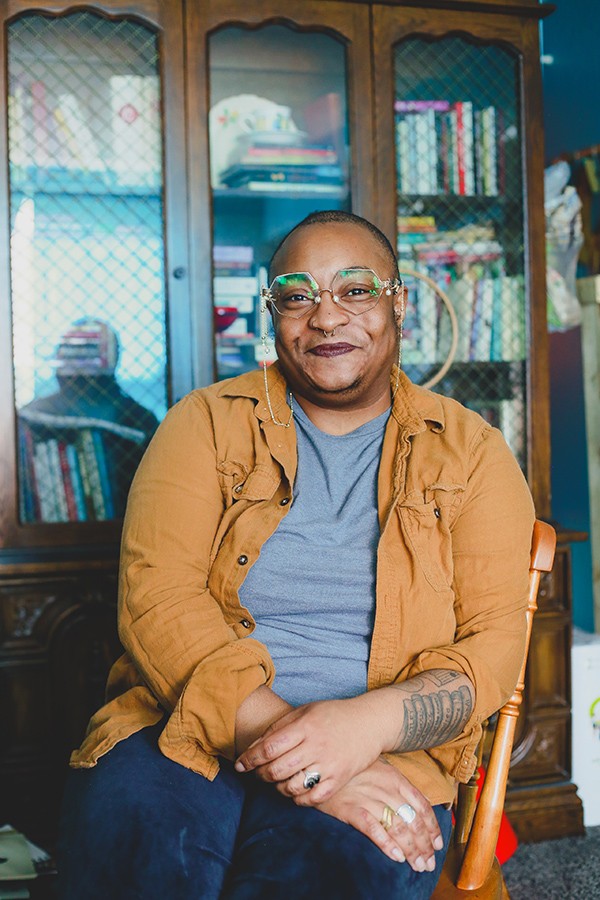
“I’m Black, I’m transgender, I’m disabled, I’m chronically ill. I have all these complexities of my identity, and those are things I can’t separate from my practice,” they say.
“Our world is very binary. Our world has a hard time with (introspection), and the art world has a problem with intersectionality.”
monoceros came into this realization during a film residency they participated in a few years ago. The residency included nine artists from around the world. monoceros was the only Person of Colour in attendance.
“It was really, really difficult, and the only thing that brought us together was our medium,” they say. “There was no connection around race or identity or lived experience of oppression, anything like that. It was really harrowing and difficult and traumatic.”
After completing the three-month residency, it was clear to monoceros that “the work that I could produce as a body was more important to make space for than the body doing the work.”
Even in events that do take into account monoceros’ identity, the focus is put on certain aspects of their identity and not their whole self.
“If I found a space where it was a queer-positive space, but then there weren’t many Black people, or there was a crip space, but there weren’t a lot of queer people, or there weren’t any Black people.”
In monoceros’ experience, “it’s an easier access point” to focus on disability or queerness.
“Unless there’s specific intention to race,” they say, “I’m often the only Black person or one of the few Black people in a group show.
“Anti-Blackness and anti-Indigeneity are so pervasive that it’s a thing people don’t even know that they’re not considering us as valuable.”
Whether or not it’s known, the mentality of People of Colour not being seen as valuable runs rampant throughout the art community and manifests in counterintuitive ways.
Deep-rooted issues
Sophie Smith-Dostmohamed is an actor and recent graduate from the University of Winnipeg’s honours theatre program.
Since graduating, Smith-Dostmohamed booked two Royal Manitoba Theatre Centre productions, and “that was a really big deal for me,” she says.
In addition, Smith-Dostmohamed started Out From Under the Rug Theatre Collective, alongside Matthew Paris-Irvine, Melissa Langdon and Omar Samuels. This was to create space specifically for People of Colour in theatre.
“It’s composed of me and my best friends and colleagues,” she says. “We’re all mixed artists, we’re all mixed actors, directors, performers that came out of the honours theatre program at the University of Winnipeg.”
“I think being a Person of Colour attending (the) University of Winnipeg has had its challenges, because I was in a primarily white space doing shows by white playwrights.” - actor Sophie Smith-Dostmohamed // Supplied photo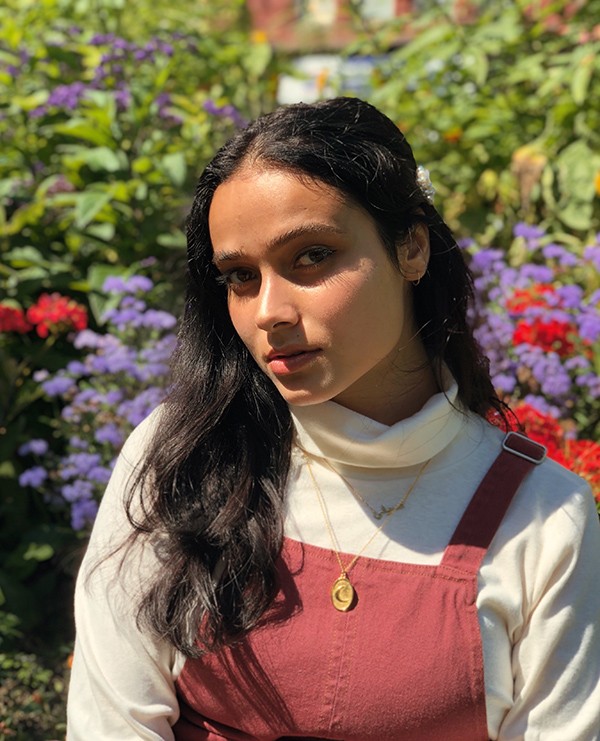
Although Smith-Dostmohamed honed her skills at the U of W, she found that she wasn’t entirely prepared for the roles she’d book in her career.
“I think being a Person of Colour attending University of Winnipeg has had its challenges, because I was in a primarily white space doing shows by white playwrights,” she says.
“That was hard. I only ever learned the characters that I maybe wouldn’t be as likely to play.”
This poses a conflict for Smith-Dostmohamed. While being incredibly grateful for the university’s theatre offering, she also thinks “there’s room for more diversity in that program in the future.”
In terms of training, there are a lot of aspects that Smith-Dostmohamed was not prepared for as an Artist of Colour.
“A good example would be auditioning for The New Canadian Curling Club and playing a Syrian girl. I talked to a lot of people in the community, and I also spent a long time on the accent and learning the Arabic,” she says. “It actually took a lot of making sure I was learning the culture properly.”
As a mixed-race Artist of Colour, Smith-Dostmohamed put careful consideration into portraying her character responsibly. It was an honour she did not take lightly.
Despite her training and the initiative she takes to represent her characters’ cultures correctly, people have told Smith-Dostmohamed that she only booked those because she was “the only person that could play them.”
However, Smith-Dostmohamed does see a positive change in Winnipeg’s art community and evaluates the issues People of Colour face with careful consideration.
“I think it’s a very hard thing to criticize theatres for,” she says, “because of how little money we have as an arts community to make the art extremely accessible. I know that we don’t always have the funding. I think perhaps it starts at the level of the institutions in Winnipeg. Maybe it starts with training more Actors of Colour.”
We’re getting better, but we have quite a ways to go
These racial issues have no simple solutions. Although Winnipeg’s art community continues to make steps for change, more needs to be done.
A good step to take is to ask Artists of Colour what they need and to listen to what they have to say.
“I wish that people would just look at us as performers, rather than People of Colour who perform.” -Joanne Roberts // Supplied photo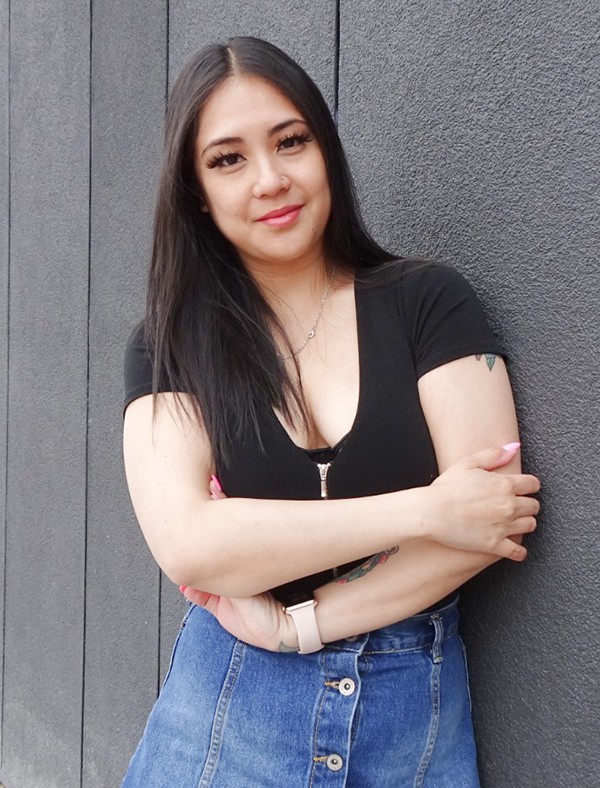
“You need to listen to them when they say ‘hey, I feel uncomfortable with the way this play is going’ or ‘I feel uncomfortable with the way this person spoke to me,’” Smith-Dostmohamed says.
Roberts says “I think personal struggles are very important, because we’ve all gone through shit, and I think that we should celebrate what people have overcome and not necessarily what they have overcome because of culture or because of racial background.”
Before Winnipeg’s art community can achieve that level of inclusivity when dealing with racial and cultural diversity, there have to be some big changes.
“I would want to see a lot more radical art practice, dissolving all-white boards or directors or changing hierarchical systems,” monoceros says.
“Having some radical perspectives with how art is curated, presented, funded, all that stuff and that access and inaccessibility are the things that are a huge barrier for art culture in Winnipeg.”
“I think personal struggles are very important, because we’ve all gone through shit, and I think that we should celebrate what people have overcome and not necessarily what they have overcome because of culture or because of racial background.” -Joanne Roberts // Supplied photo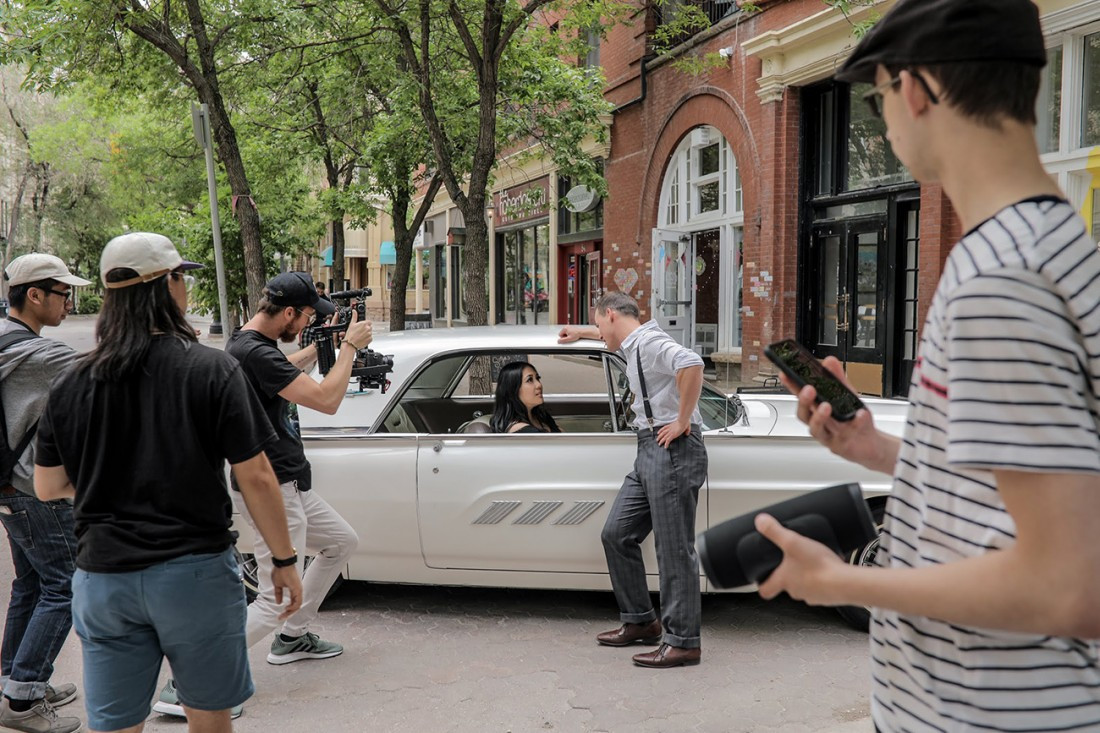
For Artists of Colour, there’s a need for inclusivity, not tokenism, and acknowledgment, not ignorance. In general, we need more Artists of Colour represented on their own terms.
Published in Volume 74, Number 23 of The Uniter (March 26, 2020)

